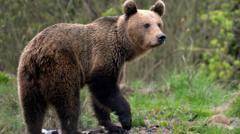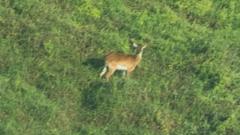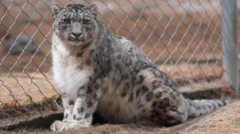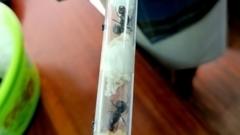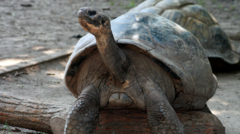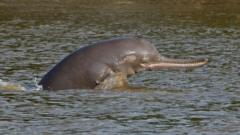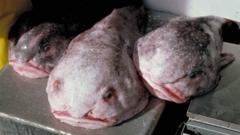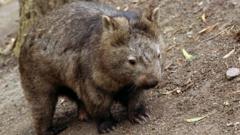A remarkable conservation initiative has revived two critically endangered species of land snails as 1,329 pea-sized mollusks bred at Chester Zoo were successfully released on Bugio Island, a remote sanctuary in the Ilhas Desertas archipelago near Madeira. These snails had not been observed for over a century and were feared extinct due to invasive species obliterating their habitat. A collective conservation effort led to the discovery of a surviving population in 2012, sparking a multi-year rescue mission that ultimately involved breeding the snails in captivity. Now, these zoo-bred snails have been marked for monitoring and placed into a restored wild habitat free from the invasive threats that once condemned them.
Restoration Success: 1,329 Snails Reintroduced to Their Native Island
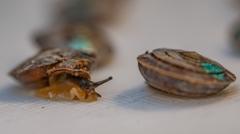
Restoration Success: 1,329 Snails Reintroduced to Their Native Island
In a groundbreaking conservation effort, over 1,300 endangered snails have been released back into their natural habitat on Bugio Island.
The snails are native to the windswept Desertas Islands, where they faced extinction due to predators like rats and goats introduced by humans. Conservationists initially found approximately 200 living snails on Deserta Grande Island, leading to their collection and care at zoos, including Chester Zoo. The breeding program flourished, resulting in the release of 1,329 snails who were color-coded for tracking purposes, allowing conservationists to monitor their adaptation and growth in their rehabilitated environment.
Gerardo Garcia from Chester Zoo highlighted the importance of such successful reintroductions, noting it as a significant stride in species recovery plans. Future releases are anticipated as part of ongoing efforts to protect and revitalize these essential ecological players, whose presence is critical for soil health and nutrient cycling within their habitat. As Heather Prince from Chester Zoo emphasized, these often-overlooked creatures play a key role in their ecosystems, nurturing plant life essential for the balance of their environment.
Animal conservation efforts like these illustrate the potential for restoring biodiversity, reaffirming hope for other threatened species also susceptible to human-induced habitat changes.
Gerardo Garcia from Chester Zoo highlighted the importance of such successful reintroductions, noting it as a significant stride in species recovery plans. Future releases are anticipated as part of ongoing efforts to protect and revitalize these essential ecological players, whose presence is critical for soil health and nutrient cycling within their habitat. As Heather Prince from Chester Zoo emphasized, these often-overlooked creatures play a key role in their ecosystems, nurturing plant life essential for the balance of their environment.
Animal conservation efforts like these illustrate the potential for restoring biodiversity, reaffirming hope for other threatened species also susceptible to human-induced habitat changes.


